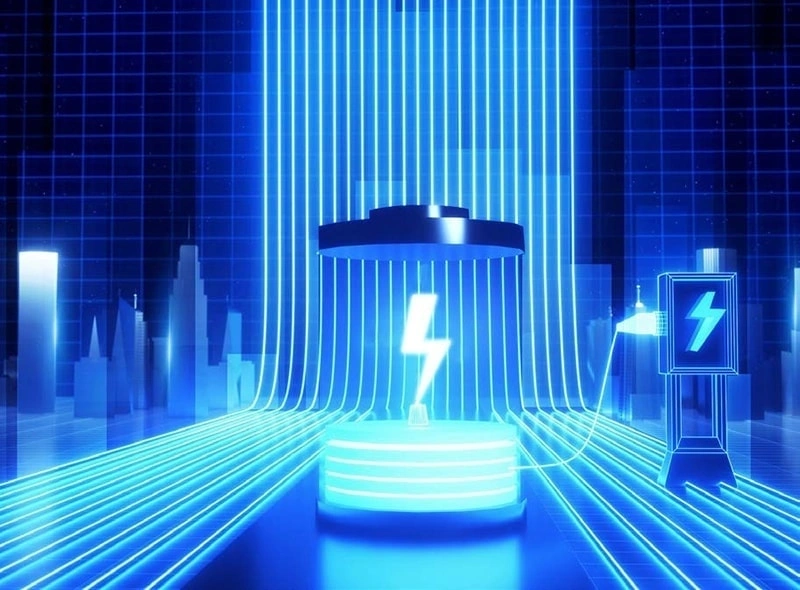Silicon-based anodes are regarded as the next-generation ideal anode materials. Their theoretical specific capacity is as high as 4200mAh/g, which is 10 times that of traditional graphite materials. They can significantly increase the energy density of lithium batteries, thus enhancing the cruising range of electric vehicles. Silicon-based anodes are considered as the new anode materials most likely to be applied on a large scale in the future.

Silicon-based anodes are mainly divided into two types: silicon-oxygen and silicon-carbon. As the carbon skeleton for silicon deposition, porous carbon is one of the core raw materials for producing silicon-carbon anode materials by the CVD method. During the lithiation/delithiation process of silicon materials, there is a relatively large volume change (more than 300%). The huge internal stress is likely to cause the materials to break and powderize, leading to the active materials falling off from the electrode, losing electrical contact and deactivating. As a result, the service life of the battery is affected due to the problem of high expansion rate. Porous carbon materials provide space for the expansion of silicon, extend the service life of the battery, inhibit the formation and growth of lithium dendrites during the charging and discharging processes, and improve the safety of the battery.
Our company and the cooperative factory SQG successfully developed excellent-performance porous carbon materials for silicon-carbon in 2023. Currently, the existing production capacity of porous carbon is 300 tons per year, and a new production line with an annual production capacity of 1000 tons is planned to be completed and put into operation in February 2025.

The spherical porous carbon products have excellent spherical particle size distribution and pore structure, which can meet the requirements for the uniformity and consistency of silane deposition. The tap density has also reached the leading level in the industry. Currently, we are actively researching and tackling key problems of carbon skeleton materials with lower expansion and high rate, aiming to further increase the usage amount of silicon-carbon at the battery cell end.